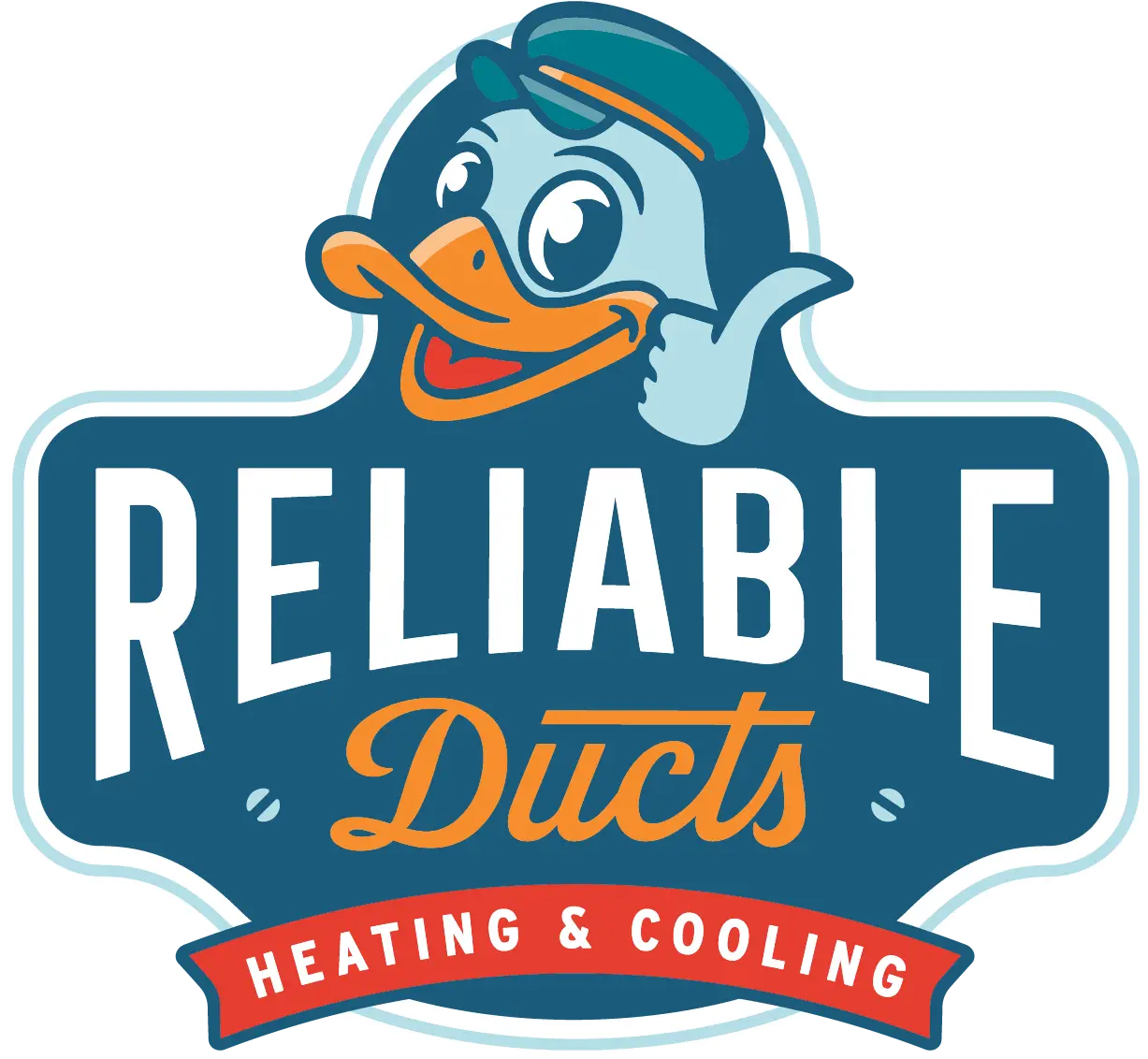AC Repair Jacksonville, FL | Fast Air Conditioner Repair Service
Contact Us
Jacksonville Air Conditioning Repair You Can Trust
When you need AC repair in Jacksonville, FL, you need a team that responds fast. At Reliable Ducts, we provide expert air conditioning repair service throughout Jacksonville and Northeast Florida. With over 15 years of experience and certified Jacksonville AC repair technicians, we quickly diagnose and fix all air conditioner problems—from refrigerant leaks and compressor failures to electrical issues and thermostat malfunctions.
Whether your Jacksonville AC has weak airflow, strange noises, or has stopped working completely, you can count on our reliable air conditioner repair service. We offer same-day AC repair appointments, honest pricing, and professional workmanship that lasts.
Our licensed Jacksonville AC repair experts handle everything from minor AC repairs to complete HVAC system replacements, backed by upfront pricing and a 100% satisfaction guarantee. Whether you’re searching for emergency AC repair in Jacksonville Beach, Atlantic Beach, Neptune Beach, or Clay County, Reliable Ducts delivers the fast, dependable air conditioning repair service you need to stay comfortable year-round.
Reliable AC Repair in Jacksonville Backed by 700+ 5-Star Reviews

Affordable AC Repair in Jacksonville, FL
When Jacksonville homeowners need air conditioning repair, they choose Reliable Ducts for expert AC repair service at fair, affordable prices. We provide transparent estimates, honest pricing, and exceptional customer care on every Jacksonville AC repair job. Our licensed AC repair technicians combine years of hands-on experience with advanced diagnostic tools to ensure your air conditioner is fixed quickly and correctly the first time.
Whether you need routine AC maintenance in Jacksonville or emergency air conditioner repair, we make the process simple, affordable, and stress-free. With flexible financing options available, you can get the AC repair service your Jacksonville home needs without breaking the bank. Stay comfortable year-round with affordable, reliable air conditioning repair from Reliable Ducts.
Should You Repair or Replace Your AC Unit?
Not sure whether to repair or replace your Jacksonville air conditioner? Most AC systems last 12–15 years under normal Florida conditions. After that, AC repairs become more frequent and expensive—sometimes costing more than a new HVAC system installation.
Older air conditioners also run less efficiently than modern high-efficiency AC units, which means higher energy bills every month. When weighing Jacksonville AC repair costs against long-term energy savings, our experienced technicians provide honest recommendations on whether repair or replacement is the best choice for your home. In many cases, upgrading to a new energy-efficient AC system improves comfort, reduces humidity better, and provides cleaner indoor air quality throughout your Jacksonville home.
Emergency Air Conditioning Service in Jacksonville, FL
When your Jacksonville air conditioner stops working, Reliable Ducts is ready to respond quickly with dependable emergency AC repair service. We understand how tough Florida heat can be without cooling, which is why our team prioritizes fast, reliable AC repair throughout Jacksonville, the Beaches, and Northeast Florida.
Our skilled AC repair technicians arrive fully equipped to diagnose and fix cooling issues efficiently—whether it’s a compressor problem, refrigerant leak, or full system breakdown. With transparent pricing and trusted workmanship, we deliver solutions that get your home comfortable again as soon as possible.
Don’t wait in the heat—call Reliable Ducts at (904) 659-8046 for prompt emergency AC repair service you can depend on throughout Jacksonville and Duval County.
More AC Services
Get in Touch with Reliable Ducts
Need fast AC repair in Jacksonville, FL? Call Reliable Ducts today at (904) 659-8046 to schedule same-day air conditioner repair service with one of our licensed Jacksonville AC repair technicians. Our team arrives in fully stocked service vehicles with all necessary parts and equipment, allowing us to diagnose and complete most AC repairs on the same day. From emergency AC repair to routine maintenance, we’re ready to restore your Jacksonville home’s comfort quickly and professionally.
Not in Jacksonville? We’ve Got You Covered.
No matter where you live in Northeast Florida, Reliable Ducts provides expert AC repair service to restore your comfort quickly and affordably. We proudly offer air conditioning repair, HVAC installation, AC maintenance, and air duct cleaning throughout the Jacksonville area including:
- Jacksonville Beach
- Atlantic Beach
- Neptune Beach
- Ponte Vedra Beach
- San Marco
- Fleming Island
- Orange Park
- St. Augustine
- Fernandina Beach & Nassau County
- Nocatee
- Fruit Cove
- And More Surrounding Communities
